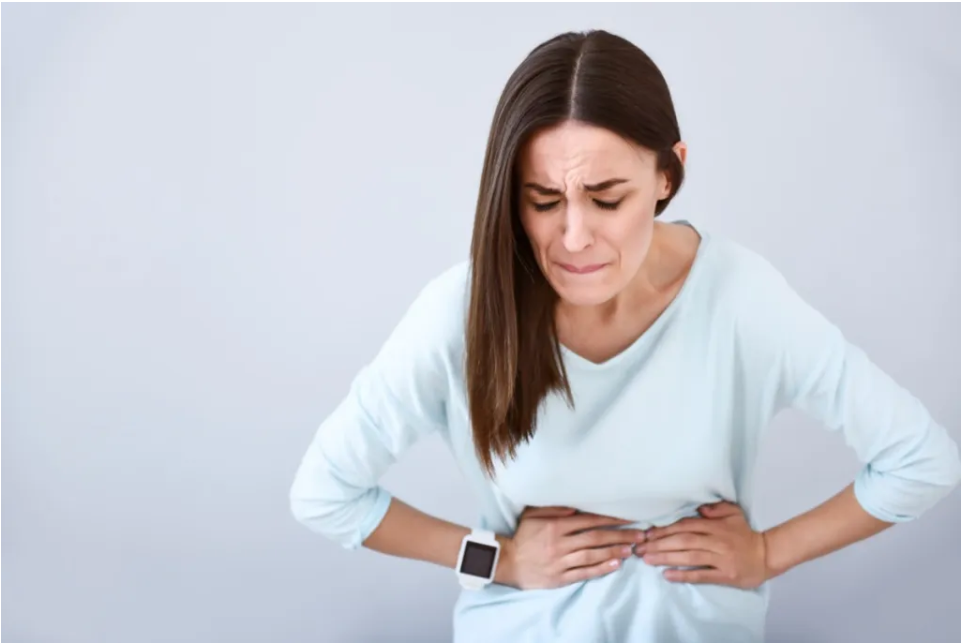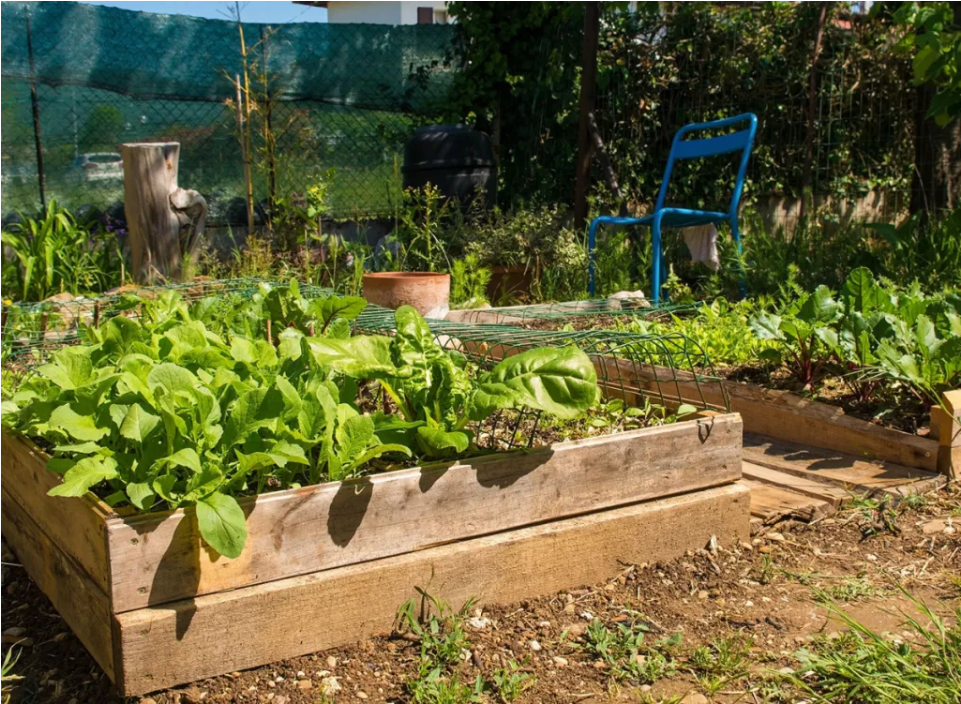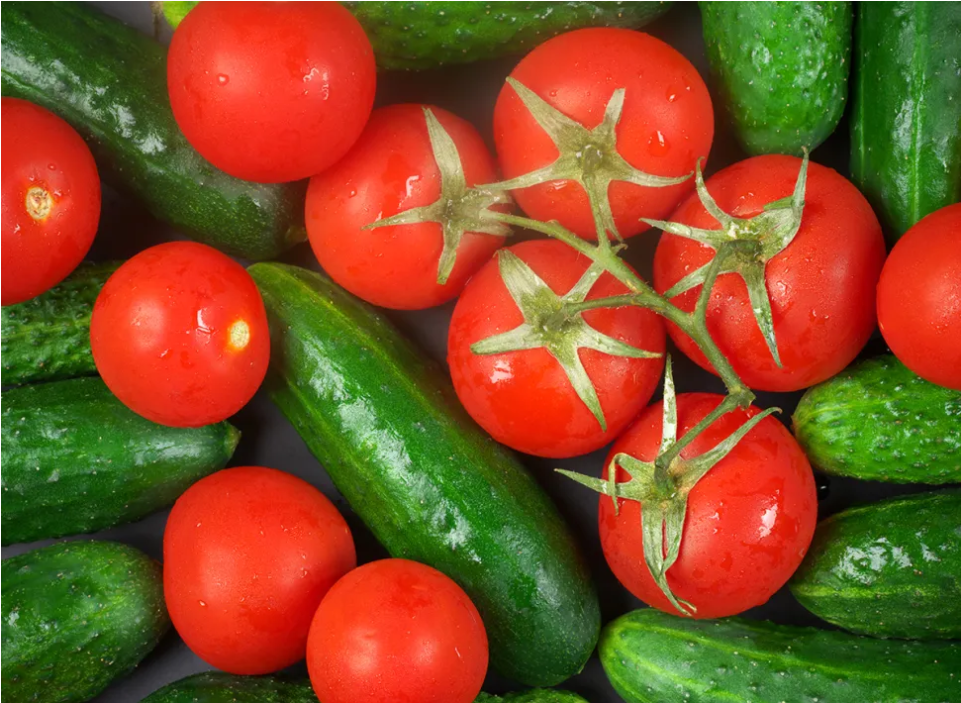Recently, two outbreaks of Salmonella infections related to fresh fruits and vegetables have occurred in the United States, involving tomatoes and a cucumber producer in Florida. These outbreaks have attracted widespread attention, especially warnings in the fields of food safety and public health. This article will systematically sort out the background, typical symptoms and preventive measures of this outbreak to help the public raise awareness and protect their health.

1. Overview of the outbreak
- Tomato recall
On May 28, 2025, the U.S. Food and Drug Administration (FDA) issued a recall notice for some tomato products involving three states. The recall was classified as Class I, the FDA’s highest warning level, meaning that the related products are at risk of causing serious health consequences or even death. - Cucumber outbreak
During the same period, a cucumber producer in Florida was traced as the source of a Salmonella outbreak, and 45 people have reported cases of infection in 18 states. The outbreak highlights the potential food safety risks in the agricultural product supply chain. - Expert opinion
Dr. Arjun Venkatesh, director of emergency medicine at Yale School of Medicine, pointed out that Salmonella infection is not uncommon in emergency departments and is often caused by eating contaminated food. Public health measures are essential to prevent food poisoning incidents, and you need to be cautious whether you buy food in restaurants or supermarkets.

2. Main symptoms of Salmonella infection
Salmonella infection usually develops symptoms within hours to days after ingesting contaminated food. The following are typical manifestations:
- Diarrhea
The first and most common symptom, the stool may be watery, even with blood or mucus. If blood is found in the stool, you should seek medical attention as soon as possible. - Abdominal cramps
Severe gastrointestinal cramps are another sign of infection, and most patients feel obvious discomfort. - Nausea and vomiting
Nausea often occurs in the early stages of infection, usually within 2 to 4 hours after eating. Vomiting may last for a long time, and medical intervention is required in severe cases. - Loss of appetite
Infected people often show loss of appetite, which lasts from a few hours to a few days. - Risk of dehydration
Due to frequent diarrhea and vomiting, patients are prone to dehydration and need to replenish water in time.

3. When to seek medical help
If symptoms are severe or last for a long time, you should seek medical attention immediately. Especially when the following situations occur:
- Vomiting that lasts for more than two days
- Blood in the stool
- Severe abdominal pain or high fever
- Signs of dehydration (such as dry mouth, less urine, dizziness)

4. Recommendations for preventing Salmonella infection
- Wash fruits and vegetables thoroughly
Before eating, rinse and gently scrub the surface of fruits and vegetables with running cold water to remove potential contaminants. - Pay attention to recall information
Keep abreast of and avoid eating recalled products. - Choose restaurants with good hygiene conditions
When dining out, give priority to restaurants with high ratings and clean environments. - Home planting
In summer, you can try to grow vegetables at home to reduce the risk of external contamination.

The outbreak of Salmonella reminds us that food safety is no small matter. Whether buying in the market or dining in a restaurant, consumers should remain vigilant and take necessary protective measures. Only when the public, enterprises and regulators work together can we build a strong line of defense for food safety and protect healthy life.

Leave a Reply